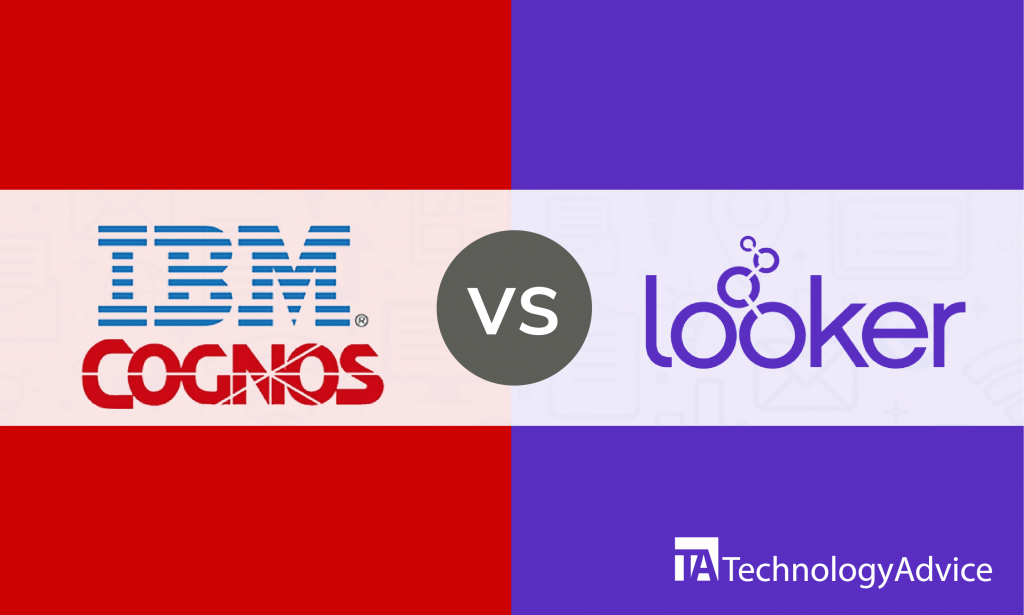SAS is an established BI software that helps thousands of businesses better understand their data using a comprehensive set of features such as reporting, analytics, and forecasting. Sisense is an award-winning BI software that simplifies data analytics even for big datasets from enterprises.
In this article, we will compare the primary features of SAS and Sisense to help you get an idea of how each software can help with the BI needs for your organization.
There are other BI solutions aside from SAS and Sisense. If you want to search for more software options, use our Product Selection Tool for a free list of up to five BI solutions recommended for you.
An overview of SAS vs. Sisense
SAS Visual Analytics, or simply SAS, is a top business intelligence and analytics solution that helps in visually discovering insights from datasets and understanding patterns or trends. This software has features for importing, preparing, and discovering data, reporting, dashboards, data visualization, analytics, sharing, collaboration, insights, and mobile access. SAS has high-end pricing and is best for large companies and organizations.
Sisense is a leader in the business intelligence and analytics industry that makes it easy for a non-technical user to create visualizations to understand business performance better. Sisense has a broad set of features for business intelligence and analytics including ad-hoc reports, dashboards, data visualizations, predictive analytics, performance metrics, trend indicators, profitability analysis, web analytics, sharing, and mobile access. Sisense has high-end pricing and is suitable for large enterprises.
Features comparison
SAS and Sisense have features for reporting, data visualization, and mobile access:
Reporting
Users can create reports in SAS by simply dragging an Excel file, CSV, or SAS data set onto your workspace. Customize your report by adding content from the web and images. SAS lets you link different reports together. Set refresh rates for individual objects, pages, or your entire report. With SAS, you don’t have to worry about losing your progress in building reports because reports are automatically saved every five seconds after an edit is made.
Sisense lets you quickly create interactive reports with little to no help from IT. In a click, users can create a drag-and-drop data model, connect with data sources, and immediately start building HTML5 reports. Reports can be connected with data from multiple data sources such as Excel, text/CSV files, any database (SQL Server, Oracle, MySQL), and cloud sources. All Sisense reports feed from real-time data.
Data visualization
With SAS, you can use data visualization to easily identify relationships and trends. Choose from different charts and graphs like line, bar, pie, donut, heat maps, bubble, animated bubble, and schedule chart to visually present your data. Users can also use their own custom interactive visualizations into the SAS system.
Sisense lets you view your data in an interactive, visual environment, so you can easily identify trends and developments in real time. The software is easy enough for any non-technical user. Sisense offers a wide selection of charts and graphs to choose from: area charts, area map, box and whisker plot, calendar heatmap, column chart, line chart, pie chart, pivot, polar charts, and scatter chart, scatter map, and tables.
Mobile access
SAS has a native mobile application that can be downloaded from the App Store and Google Play Store. The app lets users view and interact with reports with different charts, graphs, gauges, tables, and other report objects. Filter and drill into data in the reports, interactively explore vast amounts of data, and collaborate with other team members. When reports and data change, the app updates the view right away.
The mobile applications for Sisense are available from the App Store as well as Google Play Store. Sisense’s mobile application lets you experience all data visualizations optimized for mobile display and view and interact with your dashboards using your touchscreen. Users can quickly find dashboards they’re following using ‘recently viewed items’ or the search box. Stay on top of things with the push notifications directly from Sisense Pulse.
Integrations
SAS readily integrates with MS Office applications such as Microsoft Outlook, Word, and Excel. Additional integrations are possible through SAS Integration Technologies. SAS Integration Technologies is a part of the SAS Intelligence Platform that lets users build a secure client-server infrastructure where they can implement SAS distributed processing solutions.
Sisense can be integrated with platforms and tools for e-commerce, analytics, team communication, accounting, and project management:
- Slack
- PayPal
- Google Analytics
- QuickBooks
- Hive
The BI solution for your business
Choosing between SAS and Sisense isn’t easy, especially because both BI solutions have a range of powerful features for analyzing business data. But at the end of the day, you’ll want to select the choice that fits your businesses specifications better.
SAS is full of robust features that can quickly become too complicated for an average user and is therefore more ideal for companies with designated IT departments or programmers. For example, any additional integration with the system requires the use of the SAS Integration Technologies. Knowledge in programming or coding is necessary for the SAS Integration Technologies to be used properly.
Sisense is far more user friendly than SAS, and it is the better option if you want reports and dashboards to be created on a regular basis by non-technical team members.
There are many other BI software products to explore. Use our Product Selection Tool for a free list of suggested BI solutions for your business.





